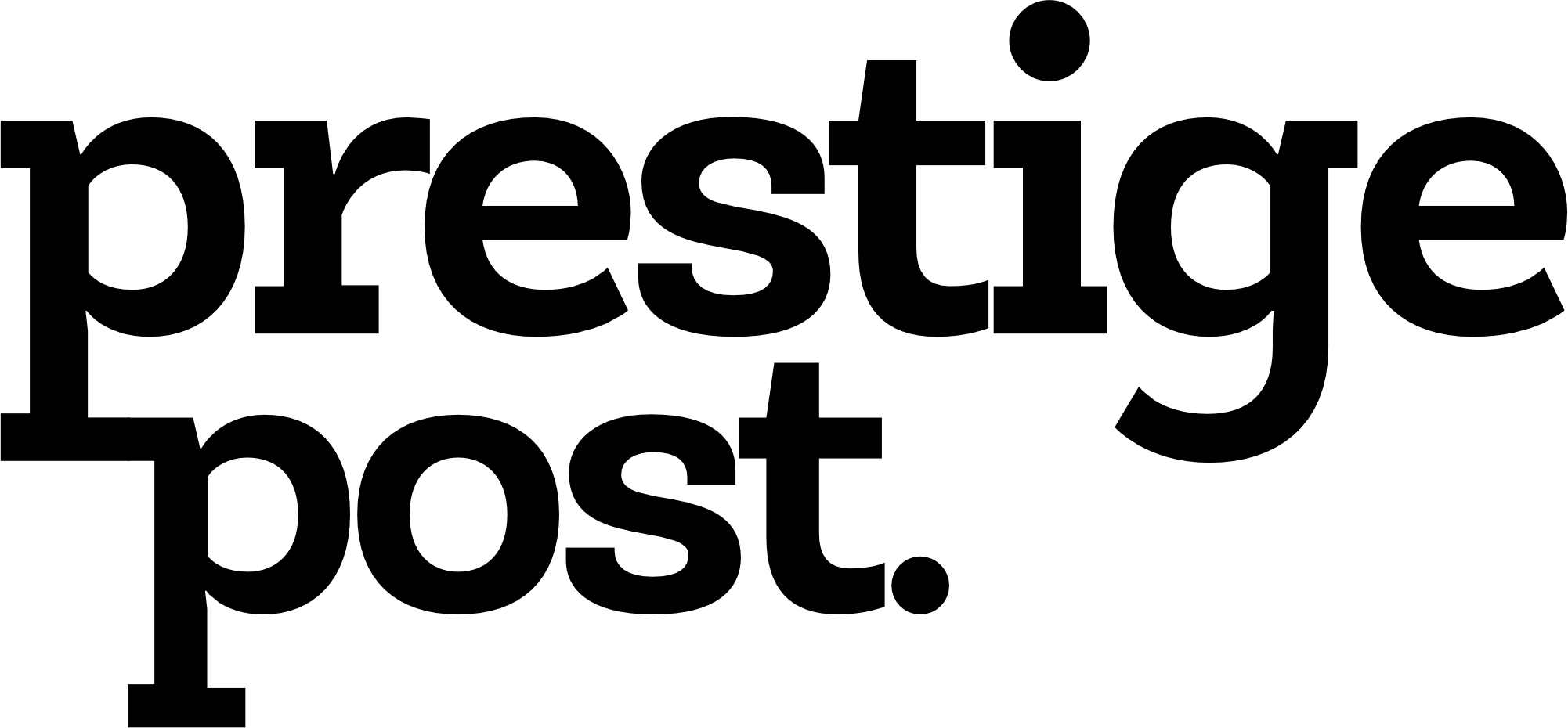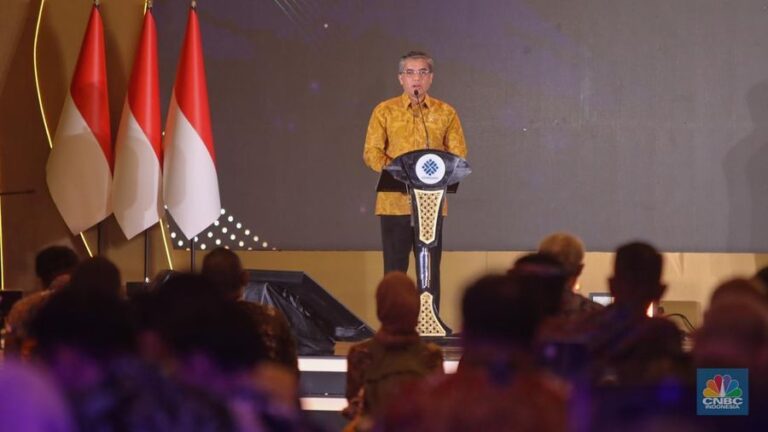The European Union has taken a crucial step that may significantly enhance Tesla’s competitive position in the European electric vehicle (EV) market by reducing tariffs on its vehicles produced in China. This decision, which has attracted considerable attention, contrasts with the much higher tariffs imposed on other Chinese EV manufacturers, demonstrating the EU’s selective and strategic approach.
This action comes on the heels of the EU’s broader move to impose higher tariffs on all electric vehicles imported from China. The rationale behind this decision was rooted in concerns about “unfair” state subsidies that allegedly gave Chinese EV manufacturers an undue advantage over European automakers.
Tesla, which has a manufacturing plant in Berlin but also exports a large number of vehicles from its Shanghai factory to Europe, initially faced a 20.8% tariff. Such a rate posed a significant challenge to Tesla’s competitive stance in the European market. However, in a surprising turn of events, the European Commission, the EU’s governing body, announced a substantial reduction in this tariff to just 9%.
This adjustment is particularly notable when considered alongside the broader landscape: all electric vehicle imports into the EU are subject to a standard 10% duty, but Tesla’s new rate is far lower than the additional tariffs imposed on other Chinese manufacturers, which range from 17% to 36.3%.
The European Commission stated that the reduced tariff for Tesla reflects the specific “level of subsidies” the company received in China. The Commission emphasized that this decision was based on rigorous investigations conducted in China, in line with the evaluations applied to other Chinese exporters. Despite the Commission’s clarification, Tesla has not yet issued a public response.
Gregor Sebastian, a senior analyst at the Rhodium Group, expressed surprise at the relatively modest tariff assigned to Tesla, citing several possible factors, including local government loans and subsidized batteries from the Chinese battery manufacturer CATL. However, without complete transparency regarding the Commission’s calculation methods, it remains challenging to fully understand the rationale behind the decision.
While the revised tariff still presents some challenges for Tesla, it does provide the company with a competitive edge, particularly against major rivals such as SAIC. The state-owned Chinese automaker, which owns the well-known MG brand, faces a hefty 36.3% tariff, a penalty imposed on companies deemed “non-cooperative” by the Commission. Meanwhile, Geely, another key Chinese automaker that owns Volvo, is subject to a 19.3% tariff, and BYD, Tesla’s main competitor for the title of the world’s largest EV producer, faces an additional 17% duty.
These tariffs are slightly lower than those initially proposed in June, following more detailed investigations and feedback from the affected automakers. Notably, some Chinese companies that are in joint ventures with European automakers may benefit from reduced tariffs, set at 21.3%, rather than the highest rate of 36.3%.
In a strong reaction, China’s Commerce Ministry expressed firm opposition to the EU’s decision, criticizing the findings as “distorted” and pledging to vigorously protect the legitimate interests of Chinese companies.
The effects of these tariffs on Tesla and its competitors are already becoming apparent. Following the EU’s initial tariff implementation in July, Tesla increased the price of its Model 3 in Europe by around 4%, resulting in a new price of €42,490 ($42,177). Despite this price hike, the Model 3 remains more affordable than the BYD Seal. According to George Whitcombe, an automotive research analyst at Rho Motion, the reduction in Tesla’s tariff will help the Model 3 stay competitive with other Chinese-made EVs in Europe.
In contrast, BYD has not yet raised its prices in Europe despite the significant additional tariffs. Sebastian notes that BYD is better equipped to absorb these costs due to its lower production costs relative to its European prices, suggesting that BYD could handle an EU tariff increase of up to 45%.
BYD may also consider increasing exports of plug-in hybrid electric vehicles, a market segment that Tesla does not compete in, as the current tariffs only apply to battery EVs. Additionally, BYD could explore manufacturing vehicles in Turkey to bypass EU tariffs, as imports from Turkey are exempt from these duties.
Despite the hurdles posed by higher tariffs, Chinese EV manufacturers are unlikely to withdraw from the European market, which is a critical part of their global strategy. Last year, Europe accounted for more than a third of Chinese EV exports, significantly more than the next five largest markets combined. Chinese automakers enjoy substantial profit margins on their European sales, making continued investment in the region highly likely. This ongoing situation highlights the intricate and evolving dynamics of international trade in the EV industry, with Tesla and its Chinese competitors navigating a complex environment shaped by tariffs, subsidies, and strategic decisions.









